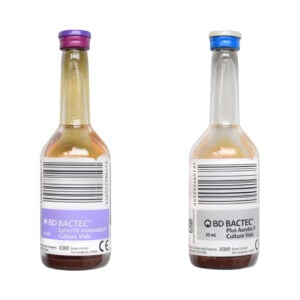Clinical Update
Blood Culture Bottle Shortage: Make the most of every bottle
A global shortage of blood culture bottles is expected to last for months, so we need caregivers’ help to make the most of every bottle.
Blood cultures are commonly used in patients with symptoms of an infection. It is always important to culture with purpose, but even more so when supplies are constrained.

When placing blood culture orders, consider this high-level overview of some blood culture best practices:
Do’s
Blood cultures are recommended as part of the initial evaluation for:
-
Severe sepsis or septic shock
-
Neutropenia with fever and febrile illnesses in immunocompromised patients
-
High-acuity illnesses like meningitis, endocarditis, and vascular graft infections
-
Fever in a patient with central venous catheter
-
Fever in an infant
Don’ts
Blood cultures are not routinely helpful for general medical and surgical patients with these common conditions:
-
Isolated fever without shaking chills
-
Isolated leukocytosis
-
Uncomplicated cystitis and prostatitis, non-severe community-acquired pneumonia, and non-severe cellulitis
-
Asymptomatic patients with a central line
-
Post-operative fever within 48 hours of surgery
For follow-up testing:
Do’s
Blood cultures are needed:
-
To confirm clearance of Staphylococcus bacteremia and candidemia
-
To confirm bloodstream clearance when treating a catheter-related bloodstream infection when the catheter has been maintained
Don’ts
Blood cultures are not needed to confirm bloodstream clearance in these situations:
-
Bacteremia due to urinary tract infection
-
Most routine gram-negative bacteremias
-
Bacteremia due to pneumonia or soft tissue infection
